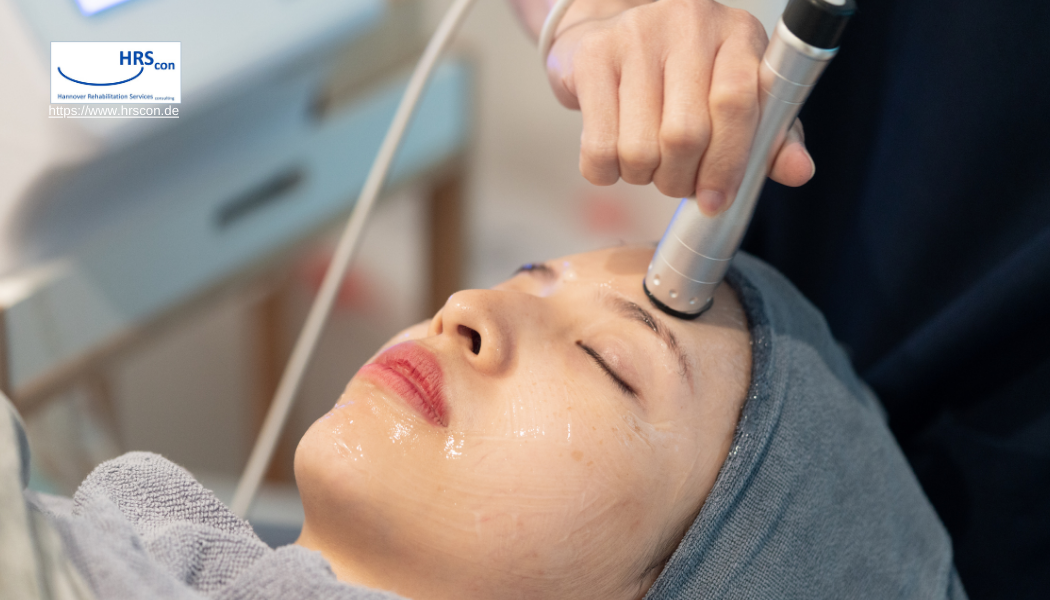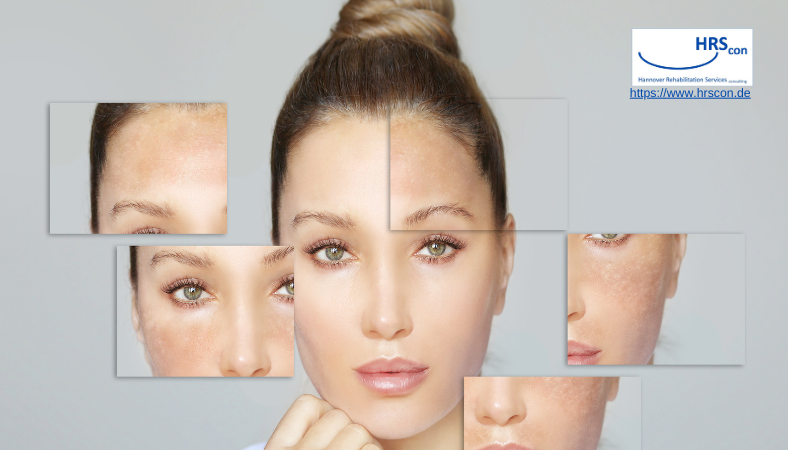Photodynamic therapy (PDT) has emerged as a powerful and non-invasive treatment for various skin conditions, from premalignant lesions to chronic wounds. By combining light and a photosensitive drug, PDT targets abnormal cells, offering promising results with minimal side effects. This article delves into how PDT works, its key applications, and its impact on the skin, backed by molecular insights.
How Photodynamic Therapy Works
PDT involves applying a photosensitizing agent to the skin, followed by exposure to specific light wavelengths. This combination produces reactive oxygen species (ROS), which destroy damaged cells while sparing healthy tissue. Its versatility makes PDT suitable for conditions like actinic keratosis (AK), non-melanoma skin cancers, and even skin rejuvenation.
Key Molecular Effects of PDT
PDT achieves its therapeutic effects by altering molecular biomarkers. The following table highlights key markers and their changes post-treatment:
| Biomarker | Role in Skin Conditions | Effect of PDT |
|---|---|---|
| p53 | Regulates cell cycle and DNA repair; often mutated in AK | Reduces mutated p53, promoting apoptosis. |
| Cyclin D1 | Promotes uncontrolled cell growth in cancers. | Decreases expression; multiple sessions may be needed. |
| Ki-67 | Indicates cellular proliferation. | Significantly reduced, reflecting lower cell turnover. |
| Fas/FasL | Regulates apoptosis. | Enhances Fas signaling, leading to cell death. |
| Survivin | Prevents apoptosis, aiding tumor survival. | Upregulated post-PDT; combining with inhibitors enhances outcomes. |
Applications of PDT
1. Treating Actinic Keratosis (AK)
AK, a precursor to squamous cell carcinoma (SCC), often appears as rough patches on sun-exposed skin. PDT offers up to an 80% cure rate, especially effective in treating large areas of sun damage. Molecular studies show that PDT not only clears visible lesions but also addresses subclinical damage by reducing the expression of markers like Ki-67 and Cyclin D1.
2. Managing Basal Cell Carcinoma (BCC)
BCC, the most common form of skin cancer, benefits from PDT, particularly for superficial or nodular subtypes. By targeting cellular pathways involved in proliferation and apoptosis, PDT ensures minimal recurrence while preserving cosmetic outcomes. However, deeper lesions may require adjunctive treatments.
3. Skin Rejuvenation
PDT stimulates collagen production, improving skin texture and reducing fine lines. It also remodels the extracellular matrix (ECM), making it a popular choice for anti-aging treatments. Low-dose PDT is particularly effective for enhancing fibroblast activity without causing excessive tissue damage.
4. Healing Chronic Wounds
Chronic wounds are challenging to treat due to persistent inflammation and bacterial biofilms. PDT reduces bacterial load, decreases matrix metalloproteinase (MMP) activity, and promotes collagen regeneration. Studies highlight its potential to activate immune responses and accelerate healing.
Challenges and Future Directions
While PDT is a breakthrough, it has limitations. Resistance linked to markers like survivin necessitates combination therapies. Additionally, standardizing treatment protocols and photosensitizers will enhance outcomes.
Advancements in Personalized Medicine: By analyzing biomarkers pre-treatment, PDT protocols can be tailored for maximum efficacy. Combining PDT with inhibitors targeting resistant pathways shows promise in improving patient responses.
Conclusion
Photodynamic therapy represents a leap forward in dermatological treatments, combining effectiveness with cosmetic benefits. Its ability to target molecular pathways not only treats but also prevents skin conditions. As research advances, PDT is poised to become a cornerstone of personalized skin care.




